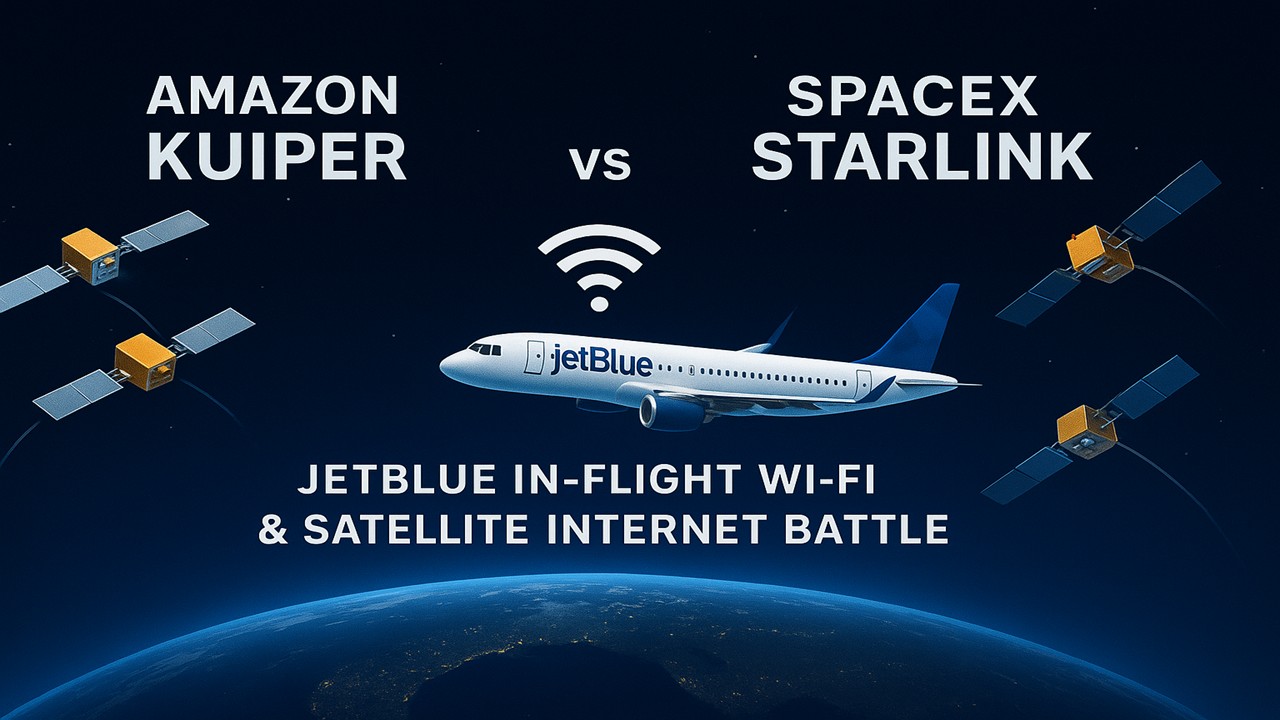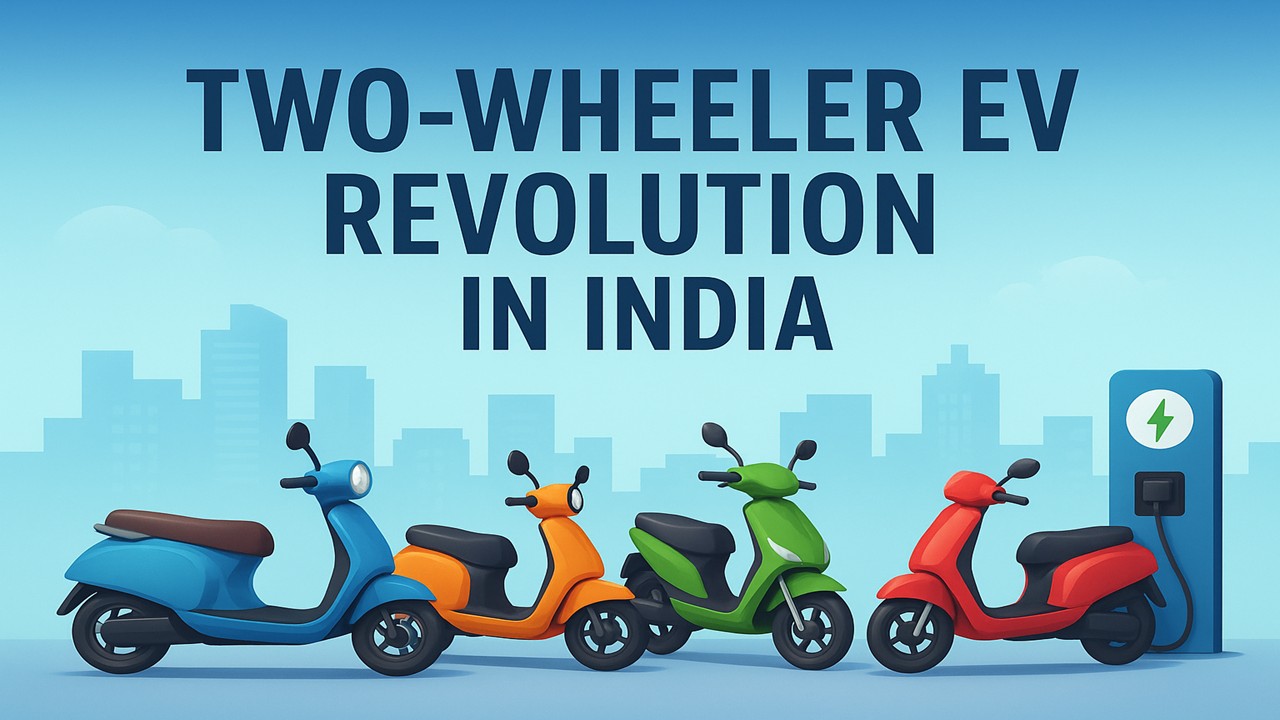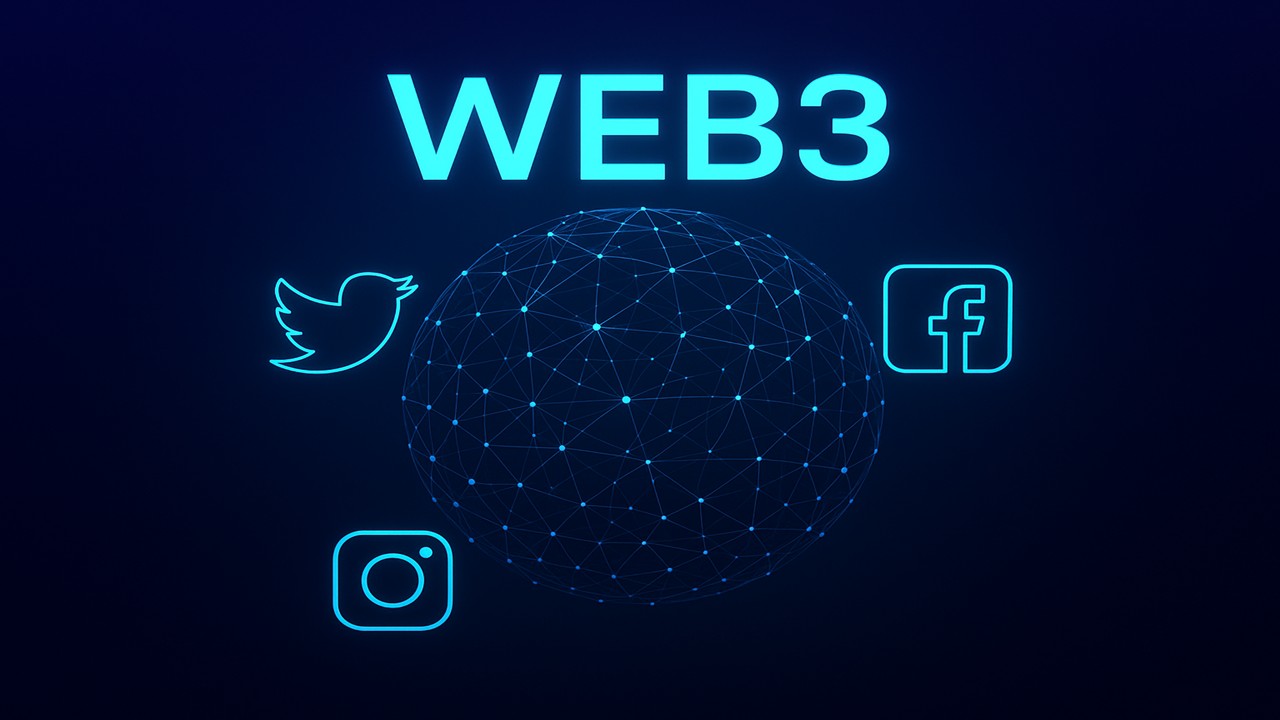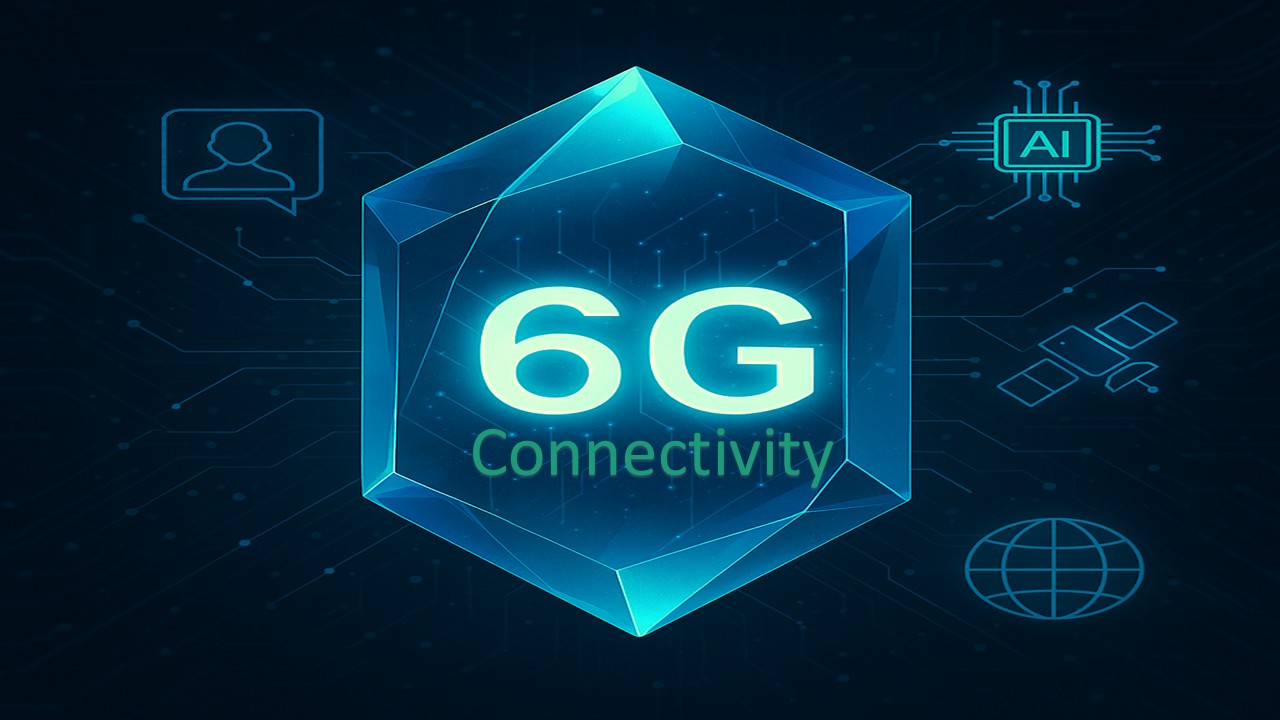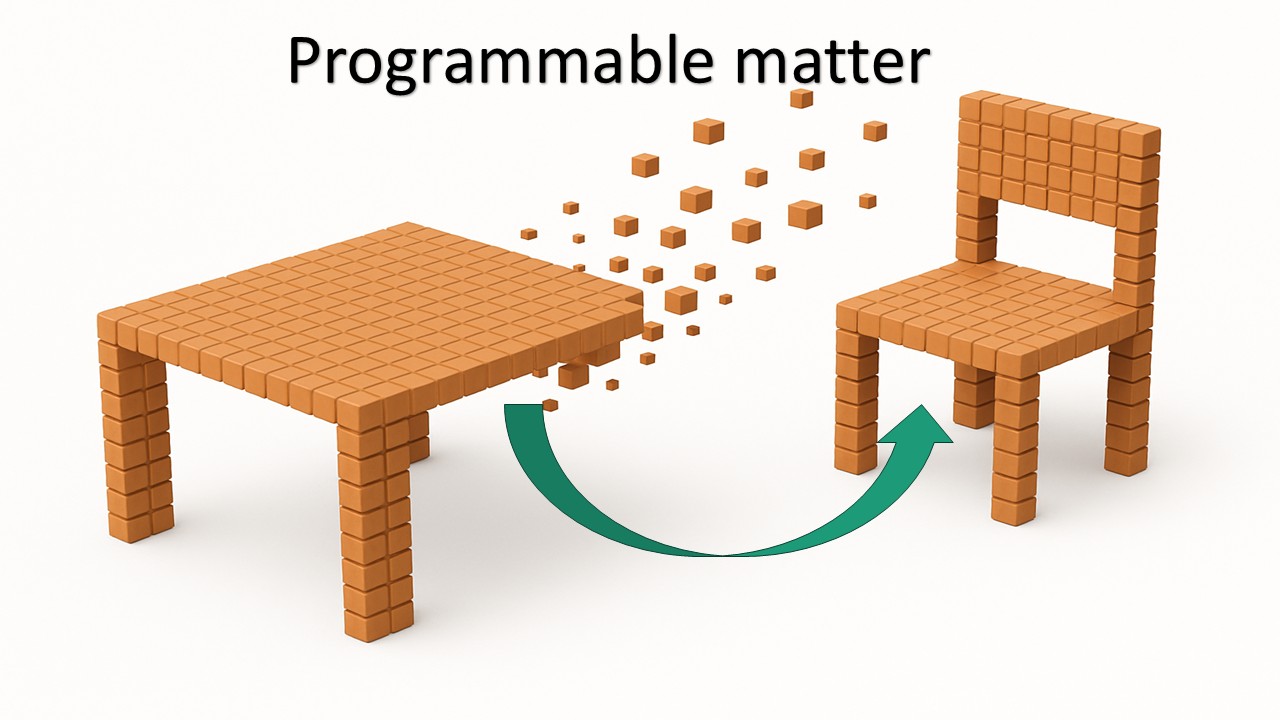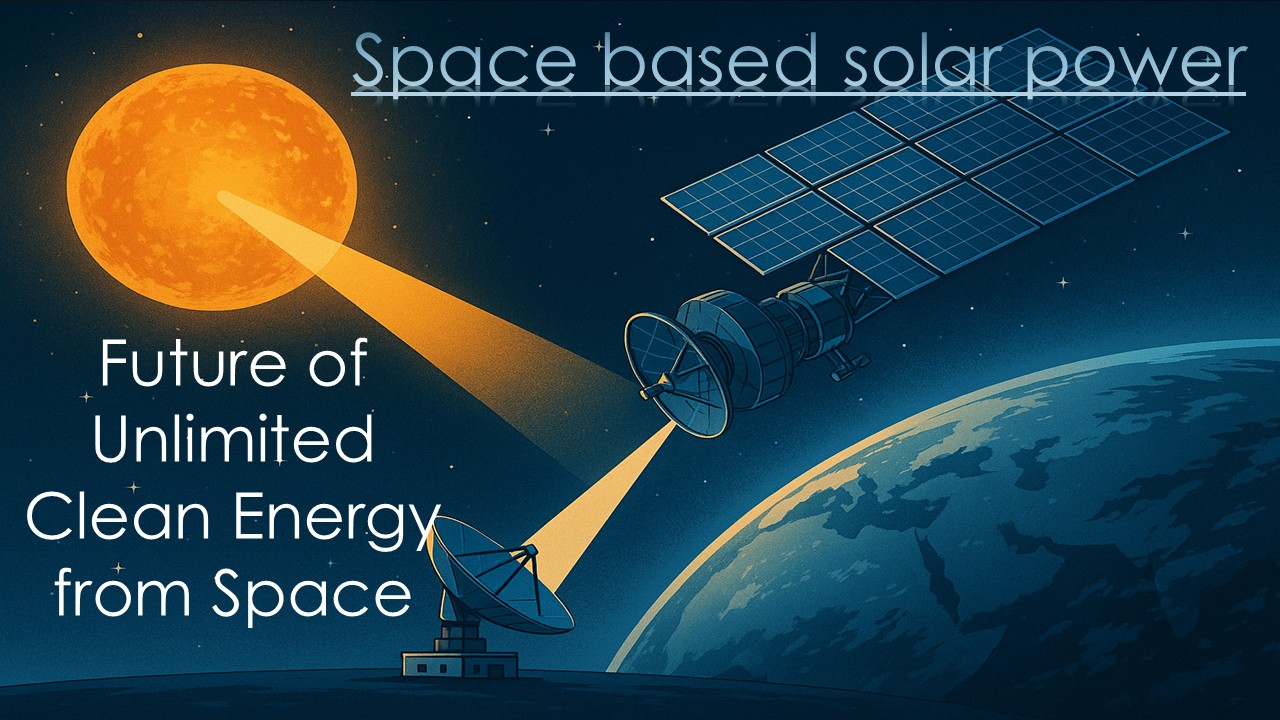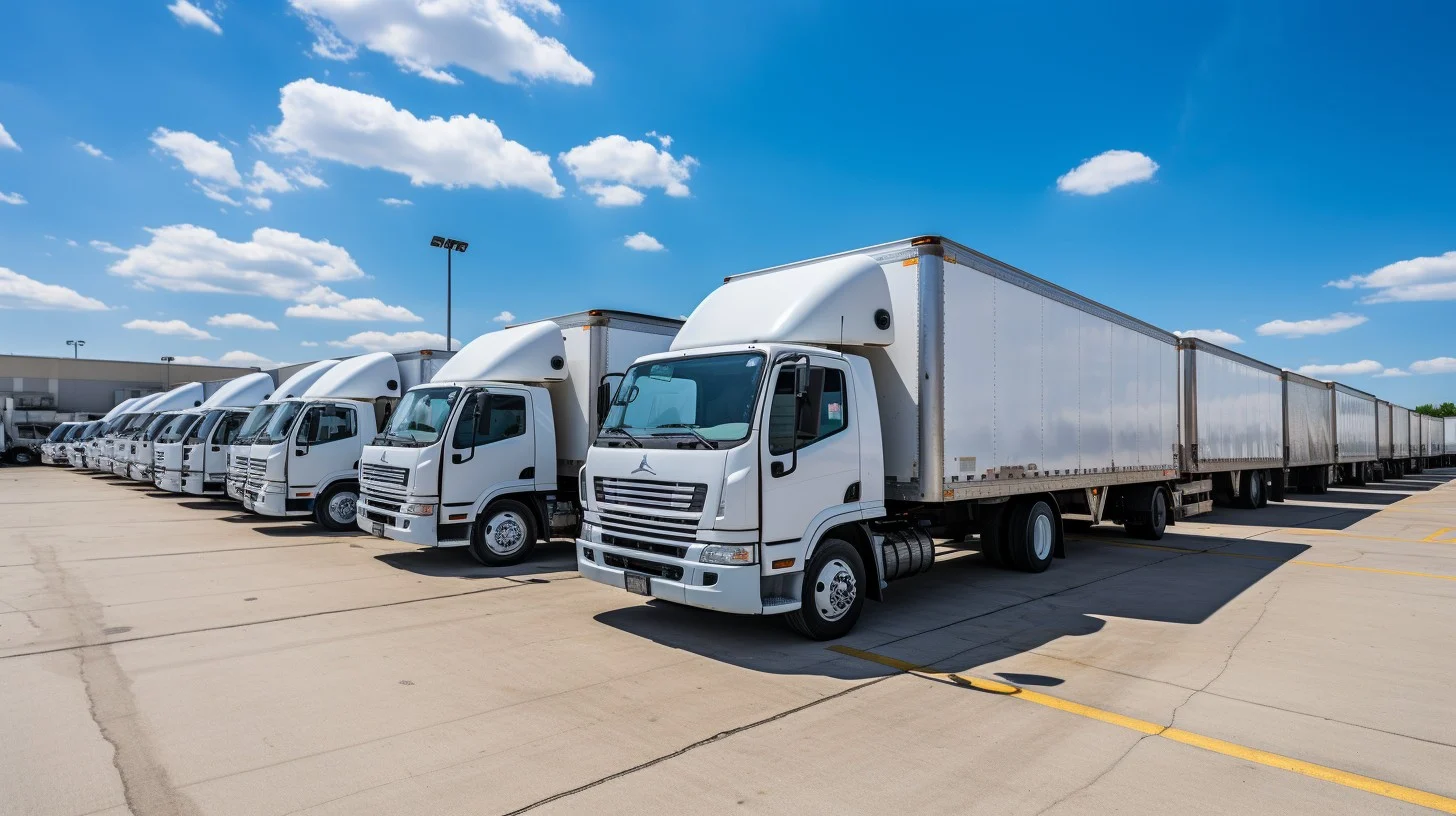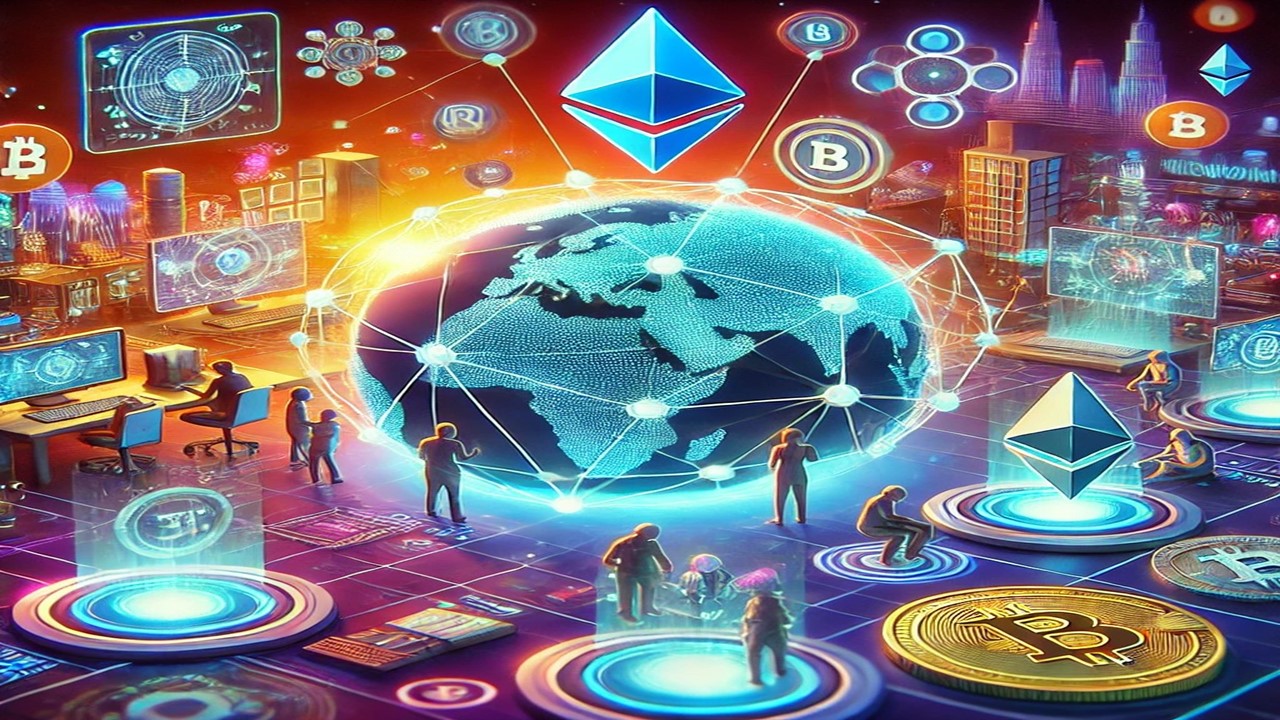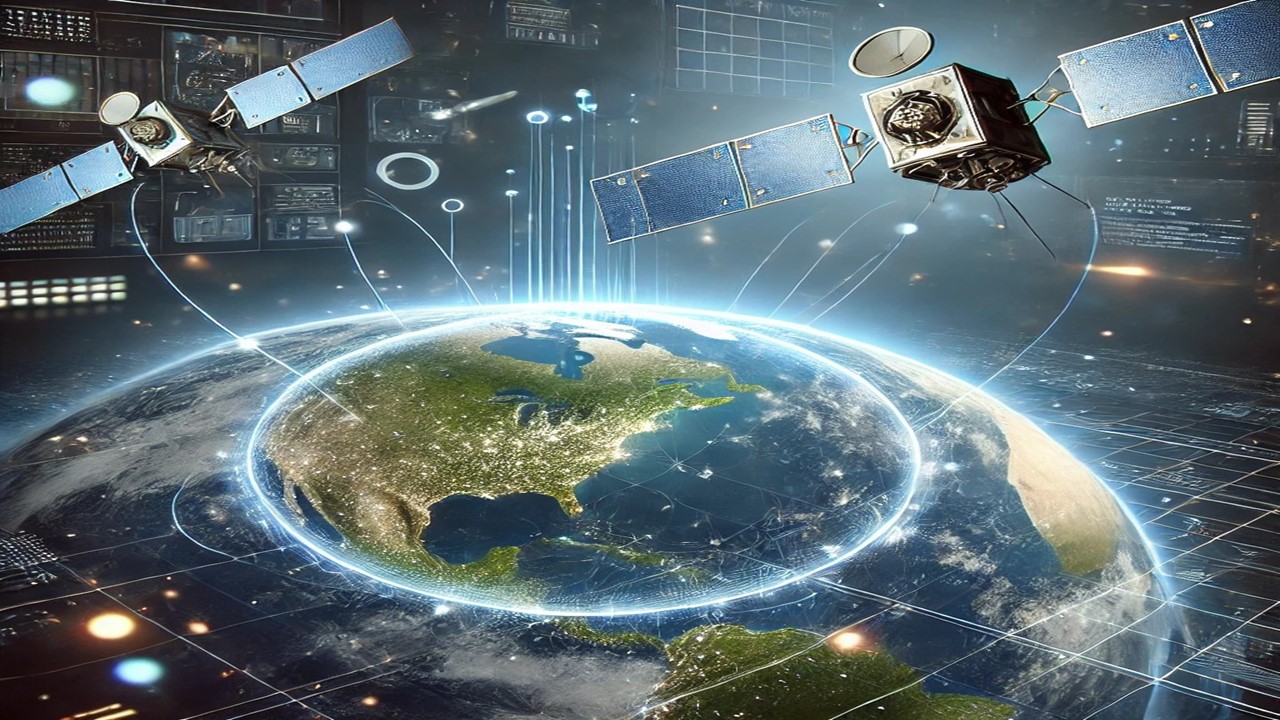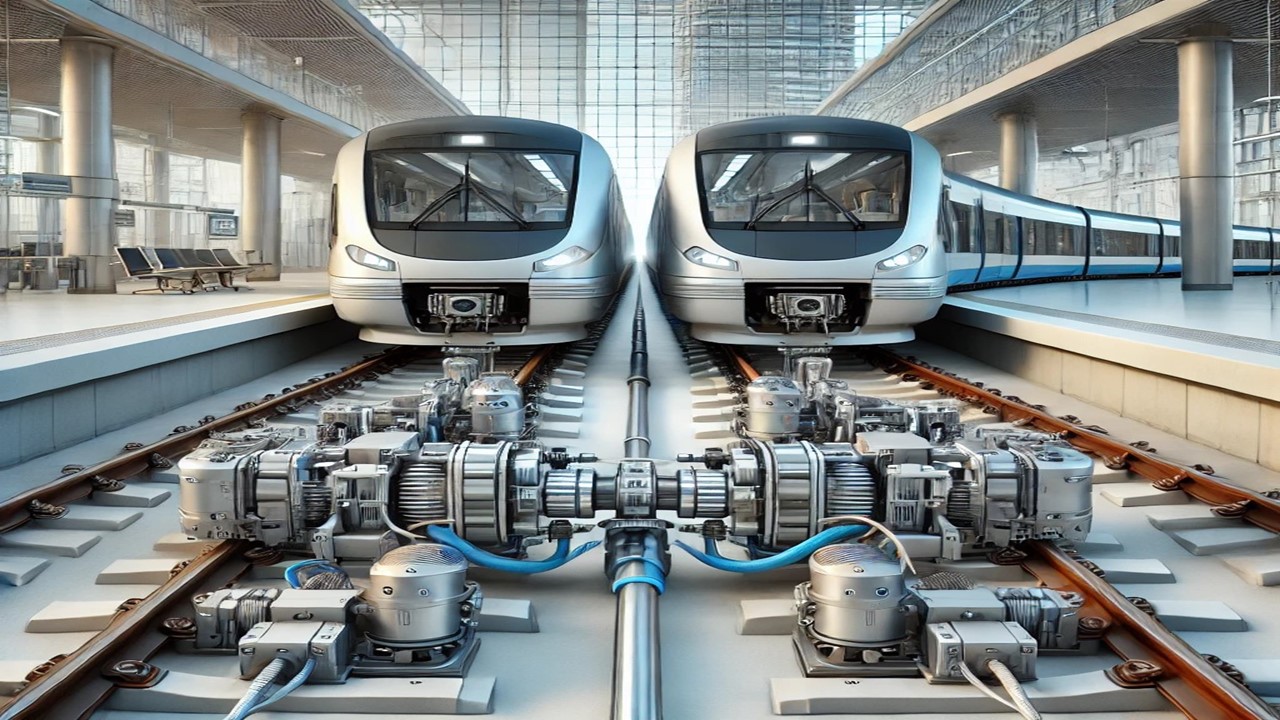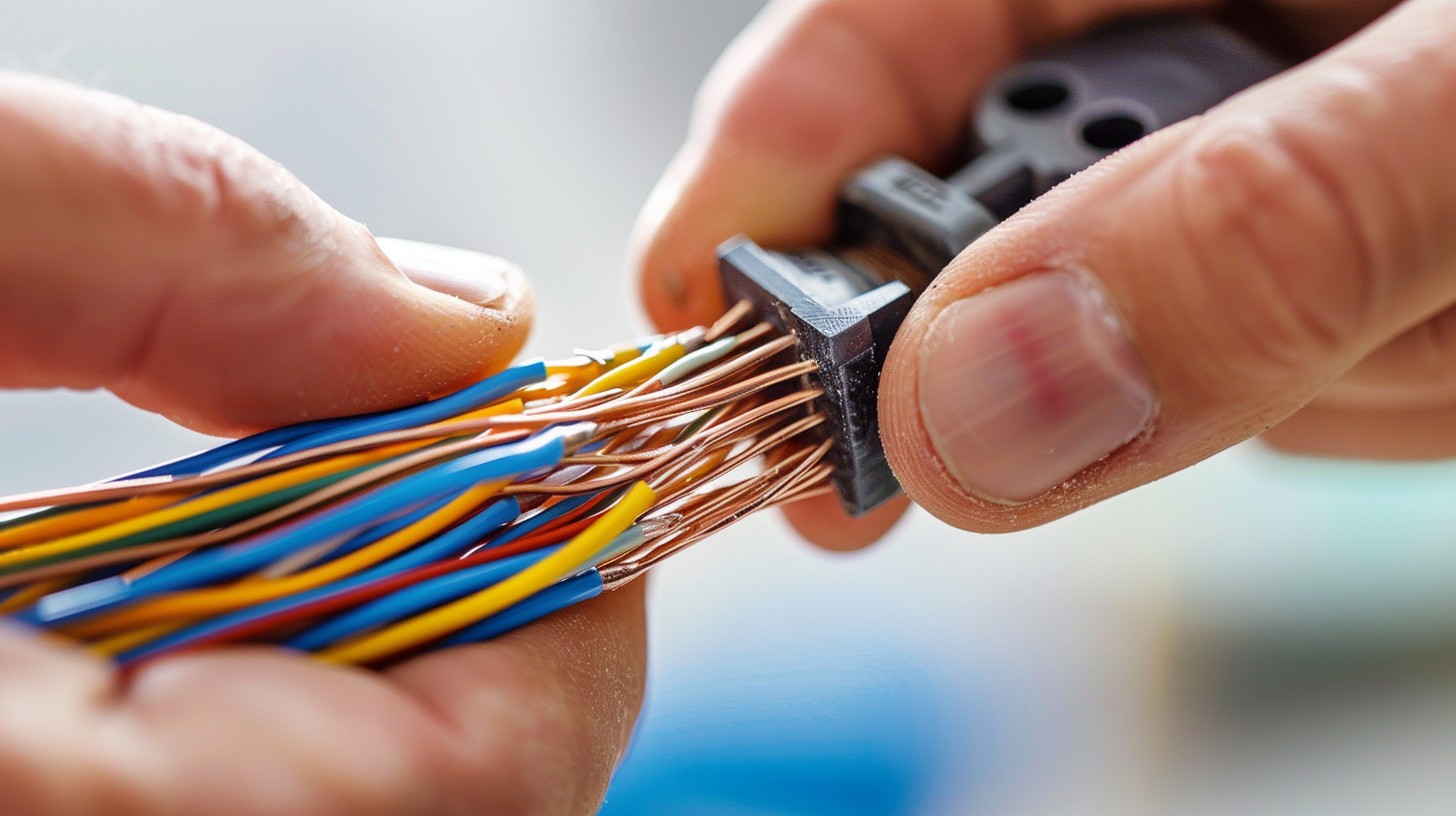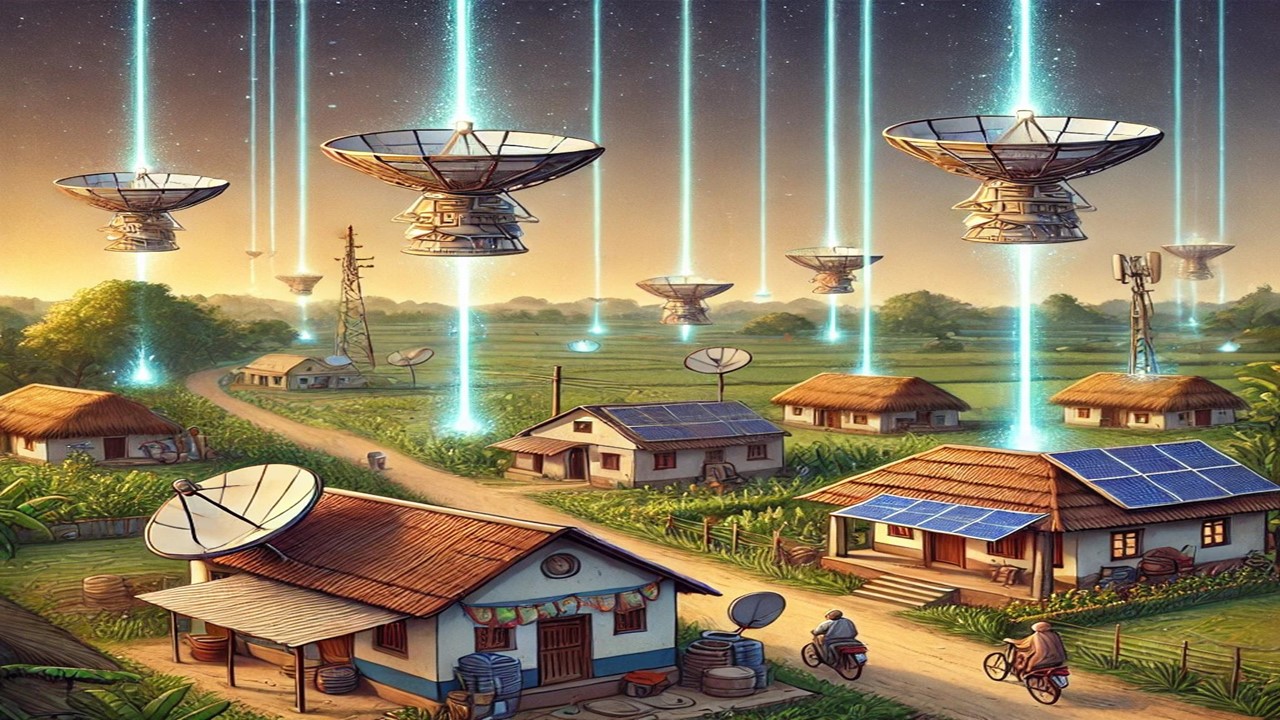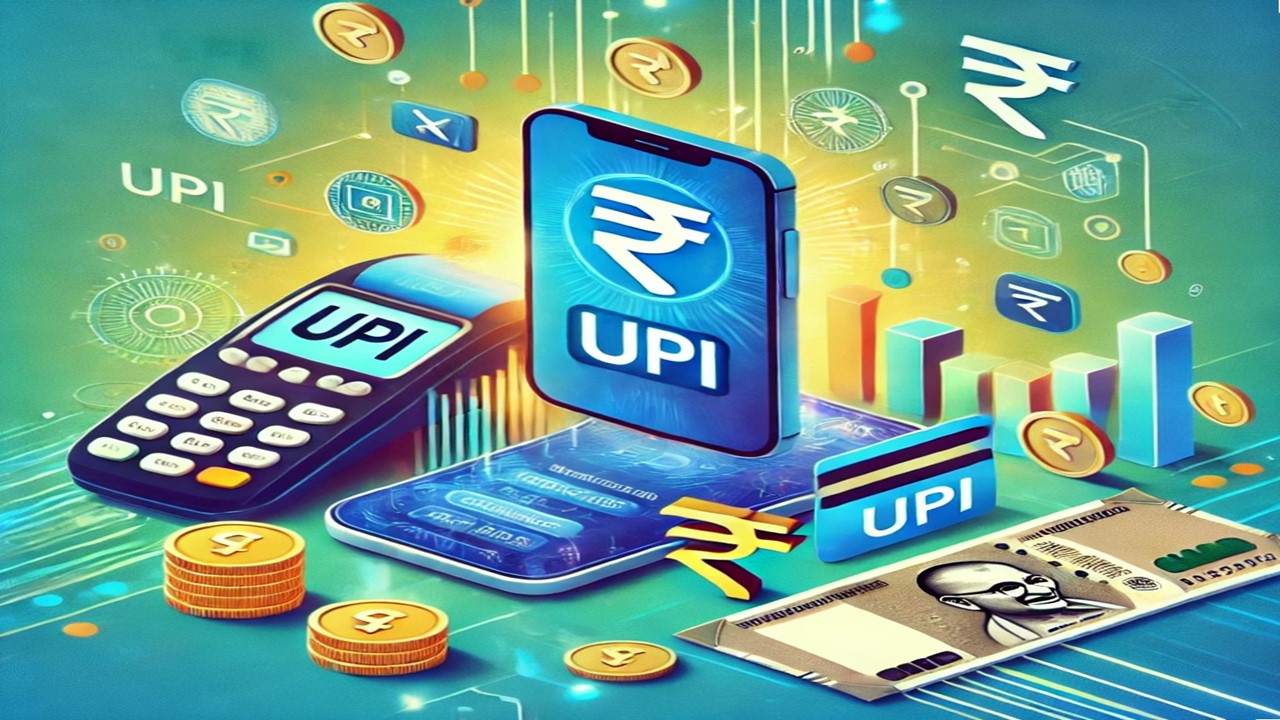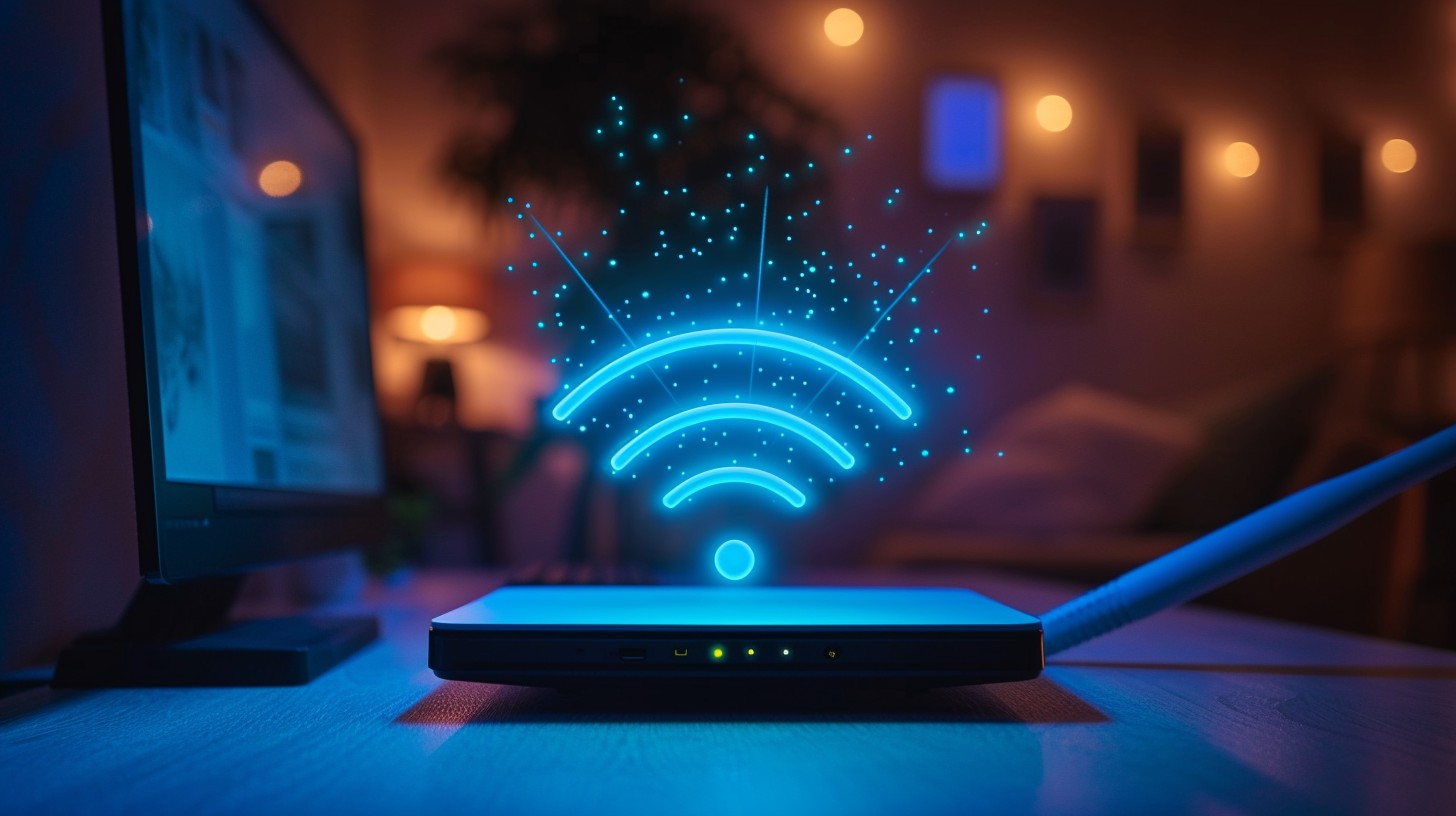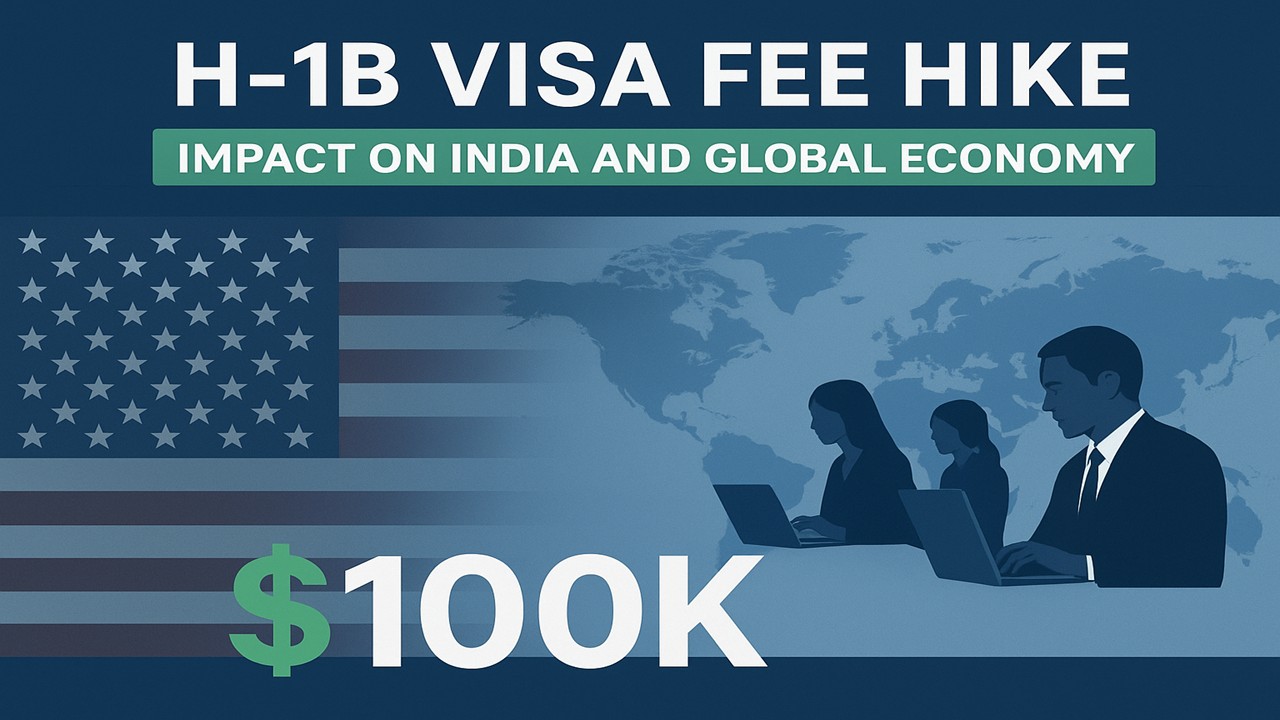
हिंदी में पढ़ने के लिए मेनू बार से हिंदी भाषा चयन करें।
The United States has recently announced a big change in its visa policy. The filing fee for the H-1B visa, one of the most popular work visas for foreign professionals, has been increased. This decision is expected to have a direct impact on Indian IT companies, skilled professionals, and even India’s economy. Let’s understand what has changed, why this policy was introduced, and what it means for both India and the U.S.
What is the H-1B Visa?
The H-1B visa allows U.S. companies to hire highly skilled foreign workers in areas like technology, engineering, and medicine. Most of these visas go to Indians, especially IT engineers and software developers. For many, the H-1B is seen as the first step toward building a career in the U.S.
What is the Latest Decision?
The U.S. government has increased the filing fees for H-1B visas.
This decision was finalized recently and will become effective from Sep 21, 2025.
Along with H-1B, other employment-based visas like L-1 and O-1 also have higher application costs now.
The new rules also focus on making sure that only genuine employers hire skilled workers, to prevent misuse of the visa system.
Earlier Visa Policies Under Trump and Others
This isn’t the first time the U.S. has tightened visa rules.
- Donald Trump’s administration had earlier taken steps under the “America First” policy, which made H-1B processing stricter and raised the rejection rate.
- New measures also required companies to prove why they needed foreign workers when U.S. citizens were available.
- The current changes continue this trend of protecting American jobs.
Why Did the U.S. Introduce This Policy?
The main reasons behind this move are:
- To increase revenue from visa processing.
- To encourage companies to hire more U.S. citizens instead of depending too much on foreign workers.
- To prevent misuse of the visa system by fake companies or agencies.
- To strengthen America’s domestic workforce in high-demand areas like technology.
Impact on India
The impact will be significant, especially because Indians are the largest group of H-1B holders.
- Higher costs for Indian IT companies: Companies like TCS, Infosys, and Wipro that send thousands of employees to the U.S. will now spend more on visa fees.
- Tougher for small Indian startups: Smaller firms may find it harder to afford the higher costs.
- Pressure on Indian talent: Fresh graduates and skilled workers may face fewer opportunities as U.S. companies prefer hiring locals.
Effect on India’s Economy
- Short-term challenge: Remittances from Indians working in the U.S. may get affected.
- Shift to other markets: Indian IT companies may look to Europe, Canada, or Australia to expand instead of focusing only on the U.S.
- Boost to domestic opportunities: This could encourage India to strengthen its own technology sector, creating more local jobs.
How Will America Benefit?
- More money from visa applications.
- More job opportunities for U.S. citizens.
- Reduced dependency on foreign workers.
Can India Find Another Way?
Yes, India has options.
- Explore other countries: Canada, the U.K., and Australia are already attracting Indian tech workers with friendlier visa rules.
- Focus on local innovation: The Indian government is investing in “Digital India” and “Make in India” initiatives, which can create millions of IT jobs domestically.
- Promote startups: If Indian startups grow faster, fewer professionals may feel the need to move abroad.
Outcome
The H-1B visa fee hike shows how the U.S. is prioritizing its domestic workforce. While this will increase costs and challenges for Indian professionals and companies, it could also push India to look at new opportunities. In the long run, this policy may help America strengthen its workforce, but it also creates a chance for India to build a stronger technology ecosystem at home.
Source: The White house , Reuters







